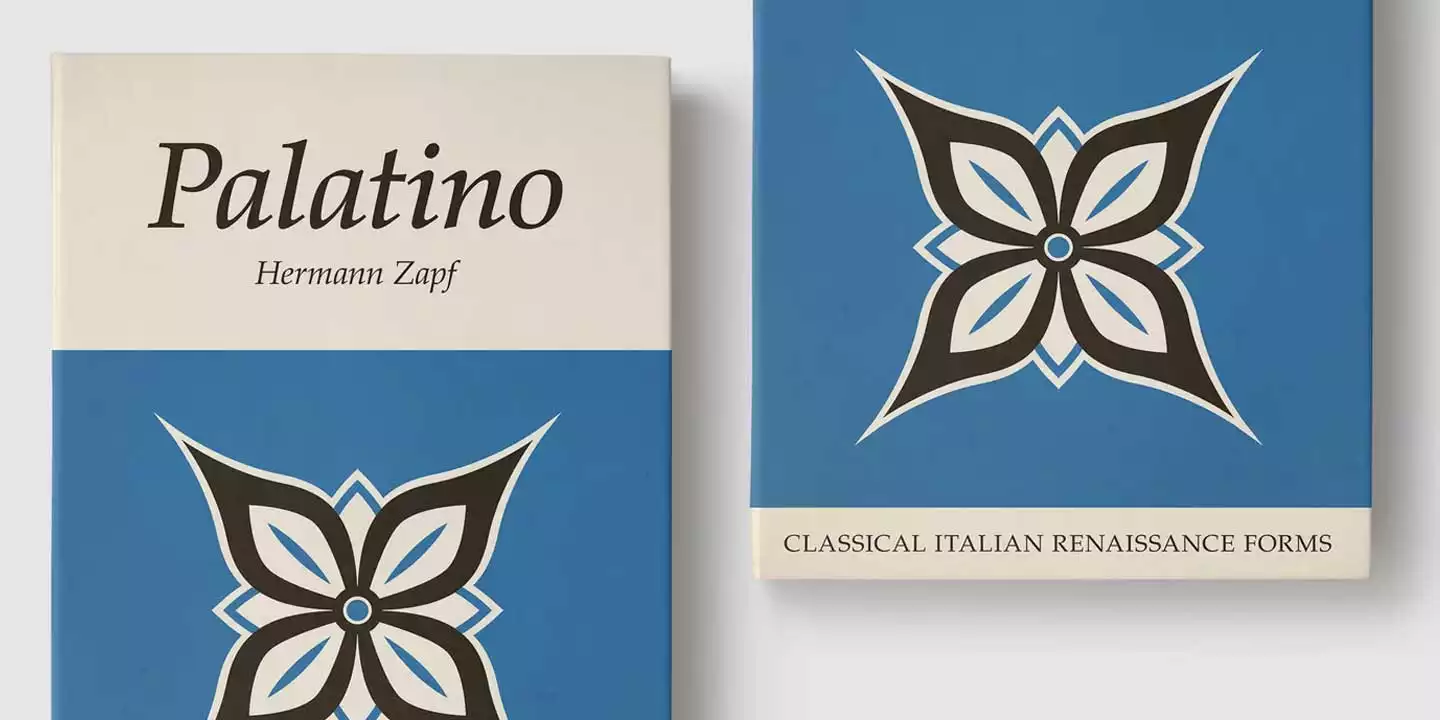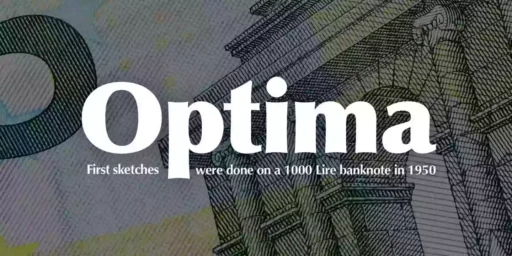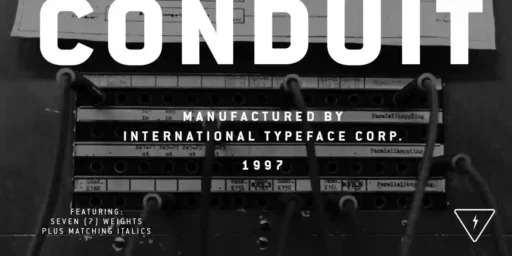Palatino is a popular font from the highly acclaimed designer Hermann Zapf, who created his remarkable design in the 1940s. It is timeless and indispensable for those who aim to communicate a sophisticated and polished taste in their designs. Palatino’s ability to invade trends and remain timeless in a landscape as fickle as type world showcases its superior quality and adaptability.
Palatino’s timelessness is not so much its design aesthetic appeal but its versatility in various practical design applications. Palatino typeface is an excellent choice whether you use it for formal and elegant settings or more casual and contemporary occasions; it always provides an extra atmosphere of elegance and refinement, which is impossible to achieve with many other typefaces. Its versatility makes it a designer’s and artist’s toolkit, as it helps them explore various creative options.
Palatino’s renown is sustained by the beauty of harmony and the balance of function and form. The font with balanced proportions and elegant pointed curves looks stunning. It is very readable, so it quickly attracts attention, and in combination, it gives an impression of sophistication. Palatino’s ability to preserve clarity and readability, even at small sizes or on low-resolution screens, makes it one of the most dependable and versatile fonts for designers who want to create a timeless and universal style.
History of Palatino Font
Palatino is a popular and elegant font created by celebrity typographer Hermann Zapf in the 1940s. Zapf based his style on the italic and calligraphic traditions of the Renaissance. The influence of these traditions on the development of modern typography is significant. Zapf’s highly-considered letterforms are the result of years of refinement and his penchant for calligraphy.
They named this typeface after Giambattista Palatino, a Renaissance master calligrapher. He wanted to express this sentiment in a modern, easy-to-read font.
Zapf devoted much time to working on Palatino’s style, only aiming to build a typeface that would last forever. Zapf’s Palatino’s ability to assert its position and remain an impact factor in modern typography speaks for itself. It shows how Zapf achieved his goal.
Usage of Palatino Font
As its top feature, Palatino fits into virtually any design project and is equally remarkable when utilized in printed media or digital environments. Whether it be in print media, digital format, or any other medium, Palatino leaves an unforgettable impression on the viewer.
Palatino strikes again with superior readability and legibility. It become a popular choice for books, magazines, and stationery. The font’s proportions are equally balanced, and its legibility is greatly improved by the visually striking letterforms, which the printed material gains visually from the design improvement. The Palmintos, a typeface encapsulating timeless elegance, is highly suitable for all high-end and luxury print products. Its sophisticated qualities can make the overall appearance more noble and fancy.
The digital world has continuously evolved, and Palatino proved its worth in digital design. Incredibly, the font outperforms even in small screens or low-definition venues, demonstrating Hermann Zapf’s mastery and dedication to its design. Palatino’s transparency and legibility make it a widely used font for websites, UI (user interfaces), and digital publications. It could easily be mixed into the design system’s visual language, helping users navigate intuitively.
Designers, when selecting Palatino in their print and/or digital works, utilize the font’s eternal elegance and flexibility along with the result. This allows them to make distinct and visually attractive designs for the audience. With Palatino used as the principal font or to integrate with additional fonts, it possesses a wide range of design utilities that make it a quintessential designer’s tool.
Choosing Palatino for Your Next Design Project
Any design project that uses a Palatino typeface will not only bring class and style to the design but also ensure its proper functioning. Designers who grasp the main considerations attached to the use of Palatino font will be capable of maximizing its potential and producing visually outstanding designs that will spellbound the audience.
Palatino’s overall atmosphere and design style. Palatino’s reserved and dignified features make it an ideal choice for more formal and refined applications such as high-class journals, corporate house style, and luxury package design. Nevertheless, its adaptability enables the font to deliver a seamless connection with both formal and casual or modern design contexts. This allows discretion and exquisiteness.
Among the key elements to consider when choosing Palatino is the font’s performance on various platforms and settings. Palatino’s unique readability and legibility qualities permit it to be applied in both print and digital design settings, where it will not compromise the overall quality of the message.
When incorporating Palatino into well-designed design systems, it is imperative to choose the right complementary typefaces. Using concepts of font pairing and fusing styles together, designers can create visually striking and unifying looks by showing the timeless elegance of Palatino while mixing well with another font.
In the end, the decision to use Palatino for a given design project must be guided by a profound grasp of the font’s unique qualities and the specific requirements of the design. Through the combination of Palatino’s outstanding legibility, flexibility and old-fashioned grace, designers will be able to design compositions that attract the viewer and stay in their memory.
Palatino Font Free Download




FAQ’s
What is Palatino font?
Palatino is a serif typeface created by Hamann Zapf in 1948. It is the second series in the computer type printing space, named after the famous Italian calligrapher, Giambattista Palatino.
What are the unique features of Palatino font made up of?
Palatino typeface attracts attention for its simple but radiant style, which appears classy and magnificent. In both print and digital media, it demonstrates high quality and ease of reading. Font that has a very unique or attractive style that is rare among other serif typefaces.
What are the different Palatino font variations?
Stencil fonts contain multiple versions, ranging from Palatino Linotype, Palatino Nova to Palatino Sans. All of the versions are a unique one in its own way.
What are the common uses of Palatino font?
The font Palatino is widely used in printed materials, specifically books, magazines, and newspapers. It is also used in digital media, with sites and mobile apps containing it. The font is highly adaptable to different design purposes, such as logos, posters, and invitations.
Is using Palatino font commercially allowable or not?
Commercial use of Palatino is possible if desired. Nevertheless, it is vital that you examine whether the font’s licensing is valid before using it for commercial purposes. Some specific fonts and font variations can also require special licensing.






